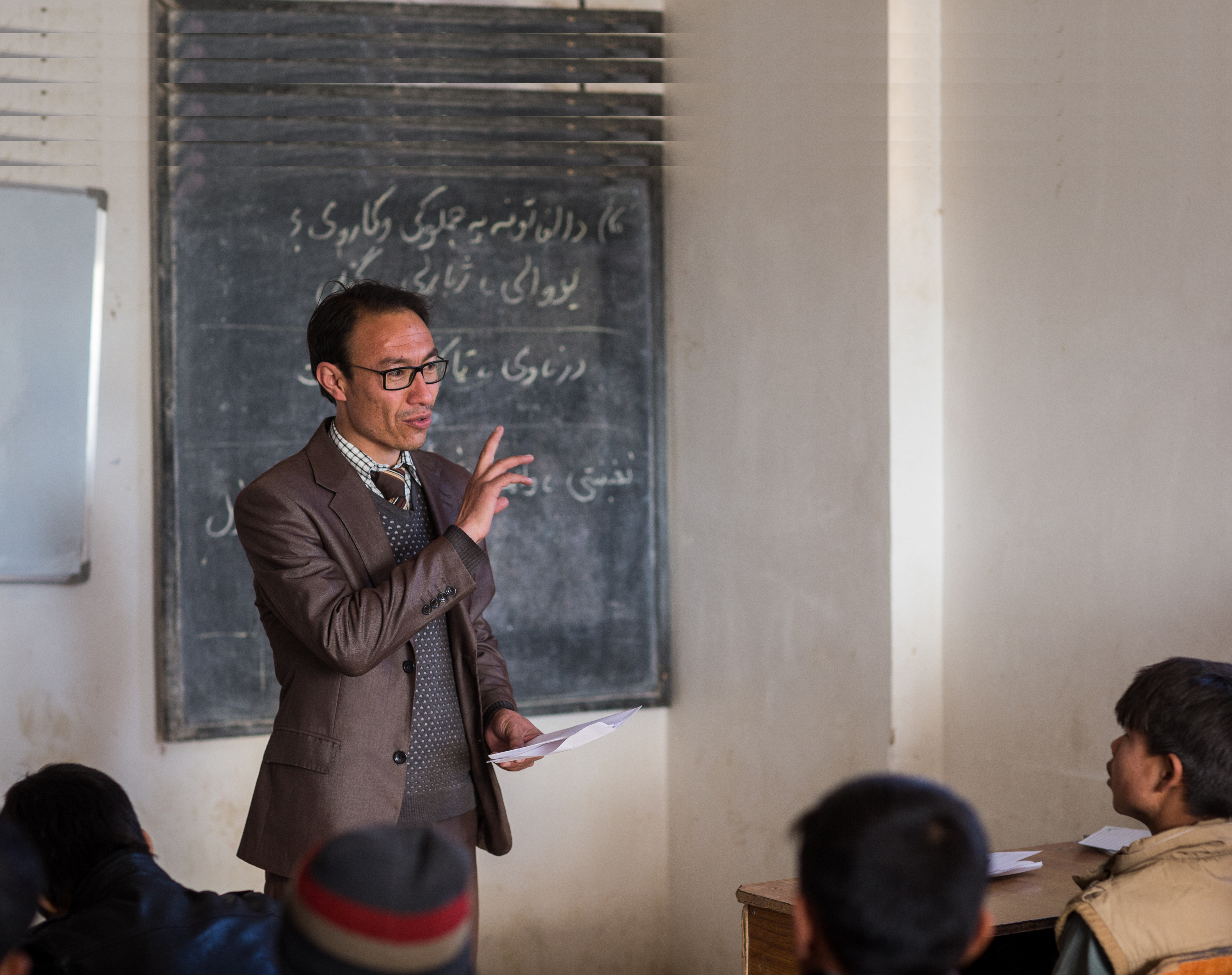Target 4.C – Teachers
Key Messages
- Globally, 86% of primary school teachers are trained, but the proportion is lower in Southern Asia (77%), the Caribbean (70%) and sub-Saharan Africa (62%).
- Major difficulties remain in finding a universal definition of what makes a trained teacher. There are undocumented differences in minimum requirements to qualify as a trained teacher, including admission criteria, course duration, induction period length, curriculum content, delivery modality, extent of school-based training and quality assurance mechanisms.
- Two approaches could improve information. First, improve administrative data on pathways to becoming a trained teacher and develop an international standard classification of teacher education. Second, collect data directly from teachers.
- Information on teacher salaries and attrition rates is scarce. In OECD countries, primary school teachers earn 81% of what other full-time working professionals with tertiary education earn.
- Among lower secondary teachers participating in an OECD survey of 34 education systems, 88% reported having attended at least one professional development course during the previous year. Of those, 71% participated in at least one course or workshop, 44% attended an education conference or seminar and 37% participated in a teacher network.
- In high income countries, there is a clear trend towards greater school-level autonomy and an explicit demand to account for performance. Teachers and head teachers are asked to carry out ever more complex instruction and management tasks, often combined with more reporting requirements. This increased workload depresses their motivation.
- Many teachers lack the skills to interpret, analyse and act on data to improve teaching and learning.
Data are limited on how many teachers received the minimum pedagogical training prescribed by national standards. The available data show large numbers of teachers inadequately trained in several regions. Globally, 86% of primary school teachers are trained; the proportion is lower in Southern Asia (77%), the Caribbean (70%) and sub-Saharan Africa (62%).
Strikingly, while in many sub-Saharan African countries there has been a positive trend over time in the number of trained teachers, in countries including Eritrea, Ghana and Niger the percentage of trained teachers has decreased since 2000 (Figure 17).
The SDG target refers to ‘qualified’ teachers, while the global indicator refers to ‘trained’ teachers, perpetuating some confusion. Qualified teachers are those with the minimum academic qualification, while trained teachers have professional training. There is a discrepancy between the two in some countries because of differing teacher preparation requirements, the gap being greatest in low and lower middle income countries: In Jamaica, for example, 15% of secondary school teachers are qualified, while 85% are trained.
Developing a comparable definition of ‘trained’ teachers is a difficult prospect, and a global taxonomy of teacher education is unlikely to be developed for years. Cross-national surveys can be an alternative, since they record information on teacher characteristics. The TIMSS, for example, showed that the percentage of grade 4 students taught by qualified and trained mathematics teachers fell between 2007 and 2015 from 89% to 54% in Kazakhstan but increased from 18% to 38% in Denmark.
Worldwide, pupil/teacher ratios are higher in poorer countries, but the number of primary pupils per teacher has decreased since 2000.
Information on teacher salaries, professional development and attrition rates is scarce. In OECD countries, teachers tend to earn less than other workers with similar qualifications. About 88% of lower secondary teachers in the TALIS survey had participated in professional development in 2013.
Globally, 86% of primary school teachers are trained
See previous year’s report on Target 4.c


